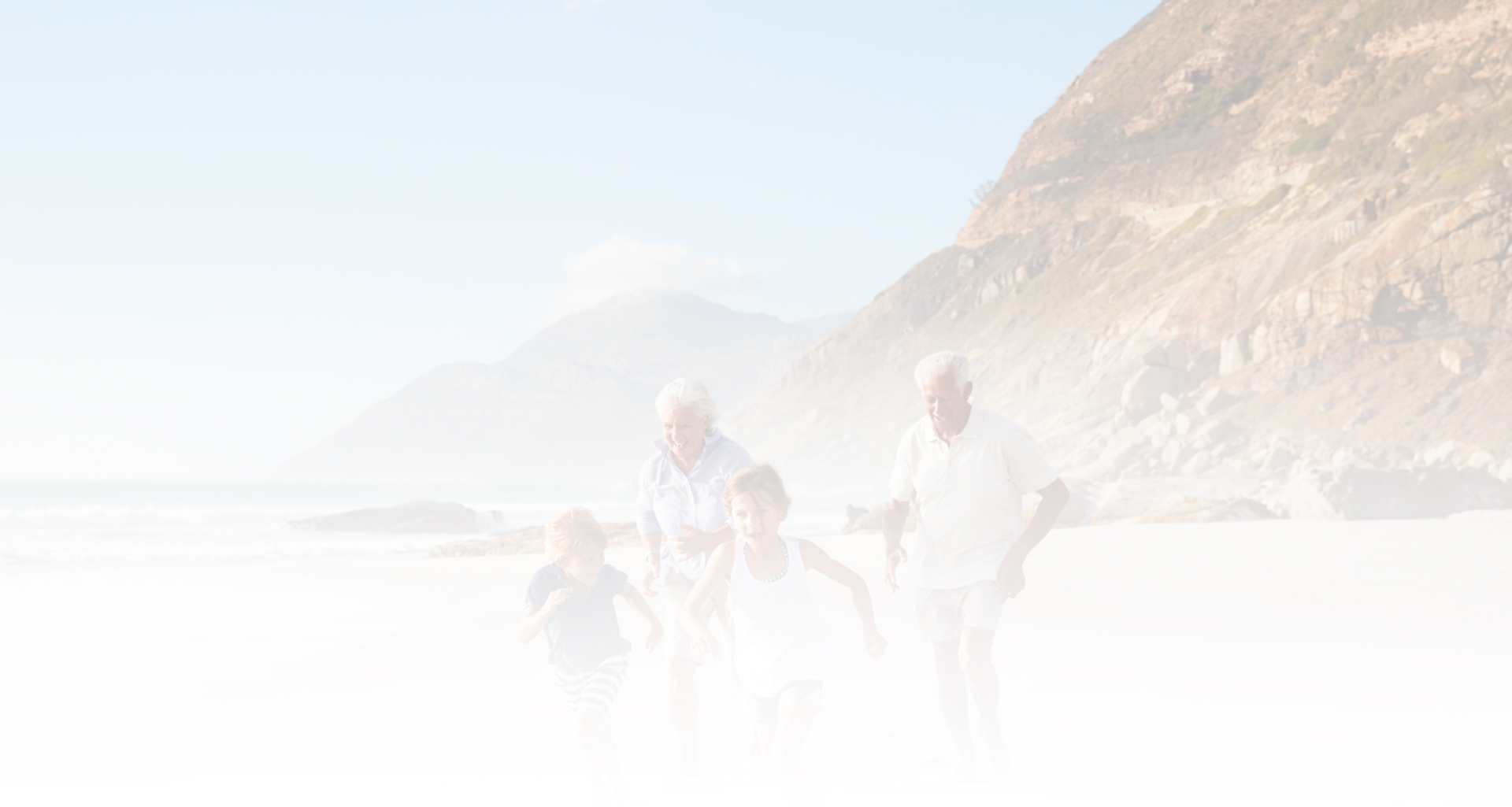
Estrogen plays an important role in bone metabolism, especially the mechanisms related to calcium resorption. For post-menopausal women, bone mineral density and mass is more rapidly reduced as their bodies naturally produce less estrogen. SoyLife isoflavones can help build bone strength and prevent bone loss leading to osteoporosis.
Osteoporosis Prevention Using Soy (OPUS) is a study supported by US government and designed to investigate safety and efficacy of soy isoflavones as natural alternative for prevention of osteoporosis in postmenopausal women.
ON AVERAGE, POSTMENOPAUSAL WOMEN
LOSE 4% BONE MASS PER YEAR.
This bone loss leads to osteopenia and osteoporosis, and greatly raises the risk for bone fractures in post menopausal women. Hormone replacement therapy (HRT) used to be a treatment of choice, but increasingly alternative therapies are being sought, given the increased risk of certain cancers upon HRT use. The primary goal of the OPUS study was to determine whether isoflavones have an effect on reducing bone loss after menopause, whether they are safe during long-term use and what the optimal dosage is.

It is in the line of expectations that whole body bone mineral density BMD and BMD T-scores decline during the study period in all study groups, due to the natural physiology in postmenopausal women. It was noted, however, that in the group taking 120mg/d of isoflavones, the reduction in WB BMD was significantly reduced at both year 1 and year 2 compared to placebo. Although these women kept experiencing loss of bone mass, the rate of loss was reduced.
The OPUS study was a unique study to examine possible effects of isoflavones: a 2-year duration, a large sample size, uniform measurements, and 2 different dosages of isoflavones were tested. In this trial, isoflavone supplements positively influenced whole body BMD, at a dosage of 120mg/day. In addition to the BMD results, the study also showed that long-term intake of soy germ isoflavones in high concentrations do not have a negative influence on breast health.
In postmenopausal women, natural loss of Bone Mineral Density (BMD), measured in g/cm2, is generally indicated an average of 4% per year, especially during the first 5 years after the start of the menopause. This study showed that at all three bone sites (femur’s neck, Ward’s Triangle and lumbar spine), SoyLife® isoflavones not only prevented loss of BMD, but even increased BMD. A clear dose-response curve was established for BMD-increase in all sites between 84 and 120 mg of isoflavones per day.
- Wong et al 2009 Soy isoflavone supplementation and bone mineral density in menopausal women: a 2-y multicenter clinical trial, Am. J. Clin. Nutr. 90(5) (2009), 1433-1439.
- Weaver et al 2009 Antiresorptive effects of phytoestrogen supplements compared with estradiol or risendronate in postmenopausal women using Ca methodology. J. Clin. Endocrin. and Metabolism 94(10) (2009), 3798-3805.
- Chen et a 2003 Beneficial effect of soy isoflavones on bone mineral content was modified by years since menopause, body weight, and calcium intake: a double-blind, randomized, controlled trial, Menopause 11 (2004), 246-254.
- Chen et al 2003 Soy Isoflavones have a favorable effect on bone loss in Chinese postmenopausal women with lower bone mass: a double-blind, randomized, controlled trial, J. of Clin. Endocrin. & Metabolism 88 (2003), 4740-4747.
- Ye et al 2003 A prospective clinical trial of soybean isoflavones extract attenuating bone loss in postmenopausal women, Eur. J. Nutr. 45 (2006), 327-334.
- Zou et al 2001 Effects of soybean isoflavones on rat osteoblast cells in vitro, unublished results.
- Cavalié et al 2002 Effects of endurance running and/or isoflavones on bone mineral density in ovariectomized adult female rat, Science et sports 17 (2002), 312-314.
- Wong et al 2001 Effects of soy isoflavones on biochemical markers of bone metabolism in postmenopausal women, Presented at “Dietary Phytoestrogens: Friend or Foe, New Orleans, USA. 2001.